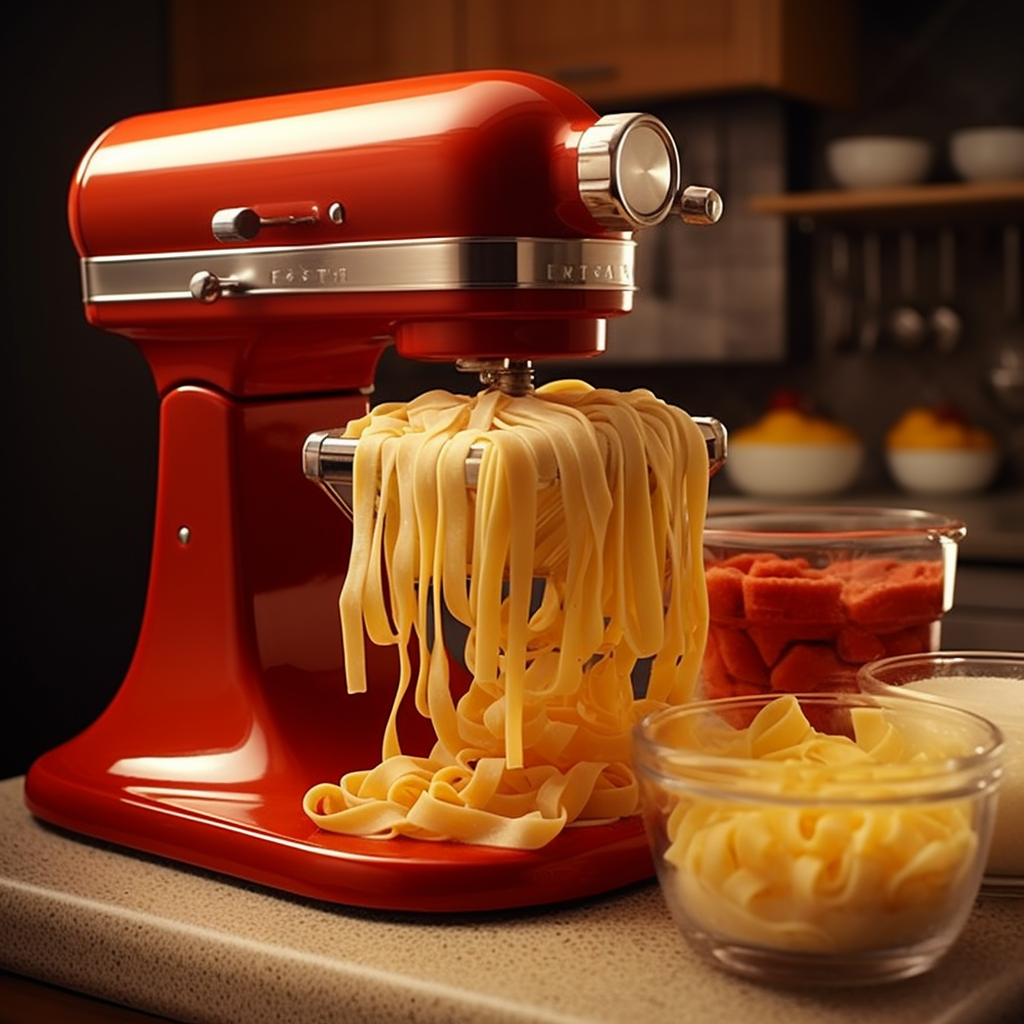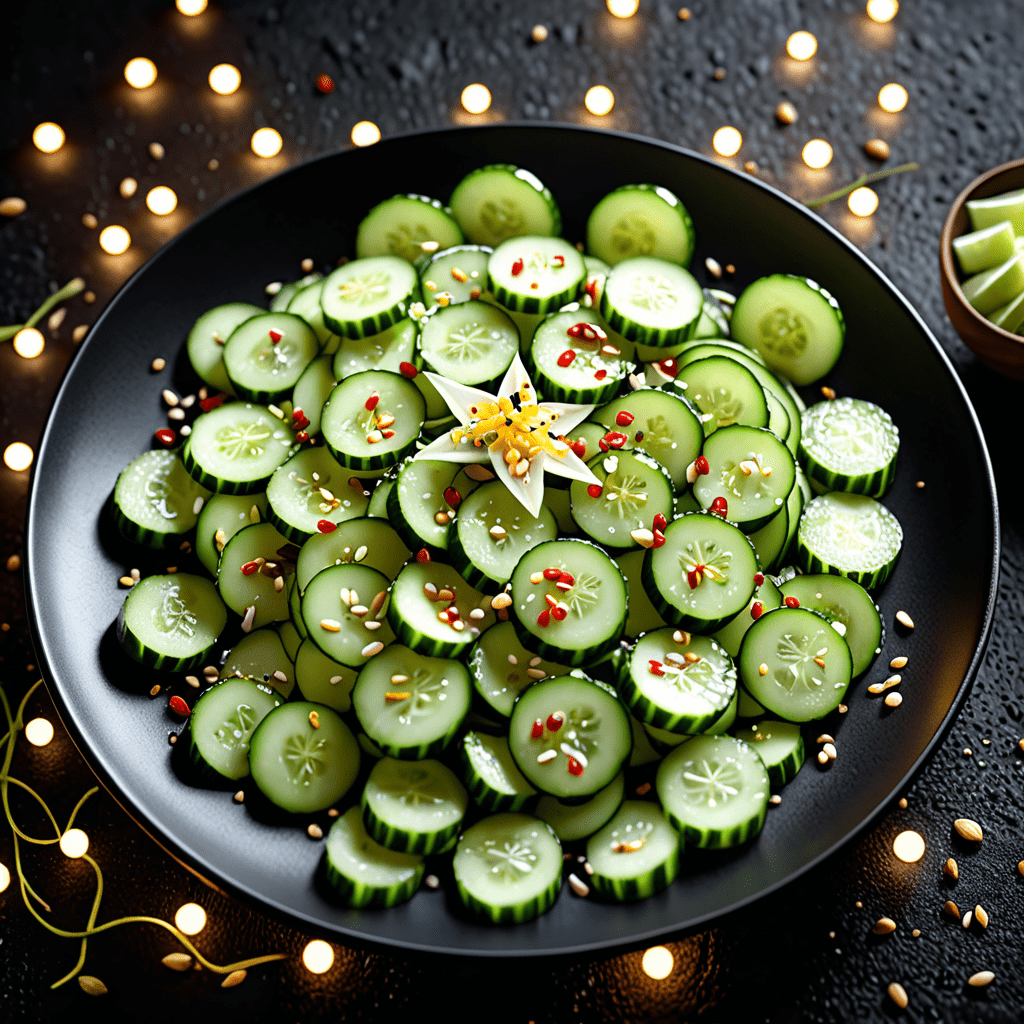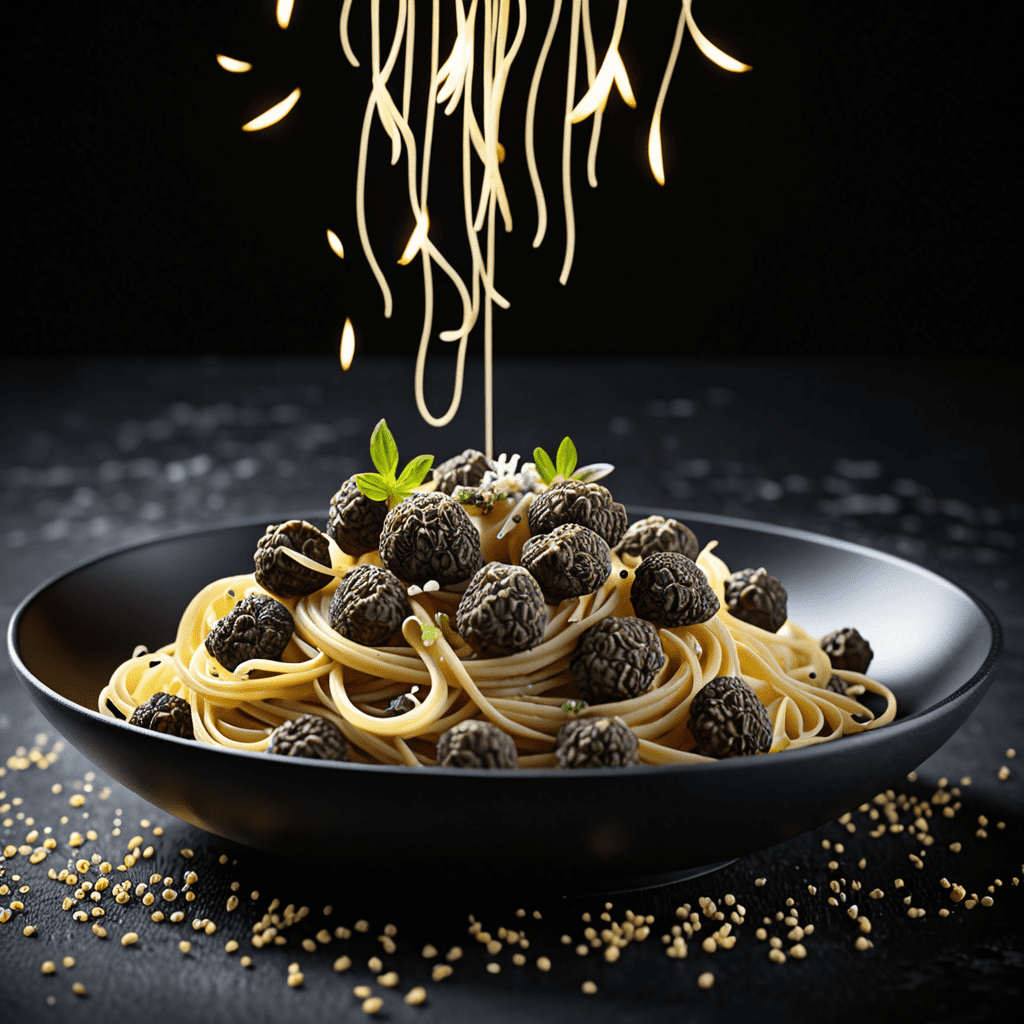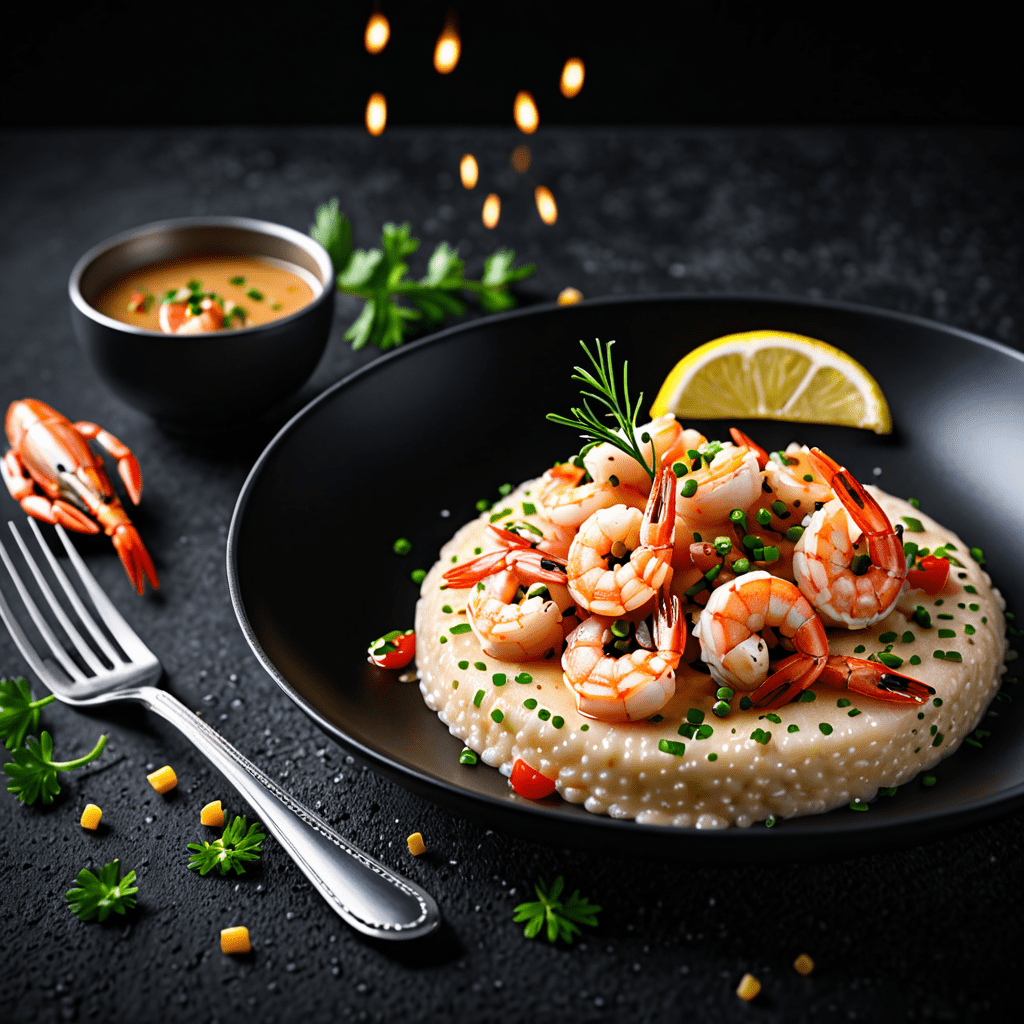Six KitchenAid Pasta Recipes for the Holidays
Introduction
Making fresh pasta at home is easier than you might think, especially when using a Kitchen Aid stand mixer with a pasta attachment. With just a few simple ingredients and the right tools, you can create delicious homemade pasta that will impress your family and friends. In this blog post, we’ll guide you through a step-by-step recipe for making fresh pasta using your Kitchen Aid mixer.
Ingredients
To make fresh pasta using a Kitchen Aid stand mixer, you’ll need the following ingredients:
– 2 cups all-purpose flour
– 2 large eggs
– 1/2 teaspoon salt
– Water (if needed)
These ingredients are the basic building blocks of pasta dough and will yield approximately 1 pound of fresh pasta. Feel free to adjust the quantities based on the number of servings you want to make.
Directions
Here’s a simple step-by-step guide on how to make fresh pasta using your Kitchen Aid stand mixer:
- Attach the flat beater attachment to your Kitchen Aid stand mixer.
In the mixing bowl, combine the flour and salt. Mix briefly on low speed to evenly distribute the salt.
Create a well in the center of the flour mixture and crack the eggs into the well.
Start mixing on low speed, gradually incorporating the flour into the eggs. If the dough seems too dry and crumbly, add a tablespoon of water at a time until the dough comes together. If the dough is too wet and sticky, add a tablespoon of flour at a time until it reaches the desired consistency.
Once the dough has formed a ball, switch to the dough hook attachment. Knead the dough on medium-low speed for about 3-4 minutes. The dough should be smooth and elastic.
Remove the dough from the mixing bowl and wrap it tightly in plastic wrap. Allow the dough to rest at room temperature for at least 30 minutes. This will help relax the gluten and make the dough easier to work with.
After the resting period, unwrap the dough and cut it into smaller manageable portions.
Set up your Kitchen Aid pasta roller attachment according to the manufacturer’s instructions. Start with the widest setting, usually labeled as “1”.
Take one portion of dough and flatten it slightly with your hands. Dust it with flour to prevent sticking.
Pass the dough through the pasta roller at the widest setting. Fold the dough in half after each pass to help create a more uniform width.
Gradually decrease the width setting on the pasta roller and continue passing the dough through until you reach the desired thickness. For most pasta shapes, a medium-thin setting, usually around “4”, works well.
Once you’ve rolled out the dough, switch to the desired pasta cutter attachment on your Kitchen Aid stand mixer, such as the spaghetti cutter or fettuccine cutter.
Pass the rolled-out dough through the cutter attachment, catching the cut pasta with your hands or a lightly floured surface.
Toss the cut pasta with a little flour to prevent sticking, and repeat the process with the remaining dough portions.
Cook the fresh pasta in a pot of boiling salted water for approximately 2-3 minutes or until al dente. Serve immediately with your favorite sauce or toppings.
FAQ
1. Can I use whole wheat flour instead of all-purpose flour?
Yes, you can substitute all-purpose flour with whole wheat flour for a healthier option. Keep in mind that the texture and taste might be slightly different, but it can still yield delicious homemade pasta.
2. How long can I store fresh pasta?
Fresh pasta can be stored in an airtight container in the refrigerator for up to 2-3 days. You can also freeze fresh pasta for up to 2-3 months. Just make sure to let it thaw in the refrigerator before cooking.
3. Can I make pasta without a Kitchen Aid stand mixer?
Absolutely! While a Kitchen Aid stand mixer with a pasta attachment makes the process easier, you can still make fresh pasta by hand. Simply follow the same recipe and mix and knead the dough by hand until it reaches the desired consistency.
4. Can I experiment with different flavors for the pasta dough?
Certainly! You can add various ingredients to the pasta dough to create different flavors, such as herbs, spices, or vegetable purees. Just remember to adjust the amounts accordingly and account for any moisture changes.
5. Why is it important to let the dough rest?
Resting the dough allows the gluten to relax, making it easier to roll out and preventing the pasta from shrinking or becoming too elastic. It also improves the texture and taste of the final product.





